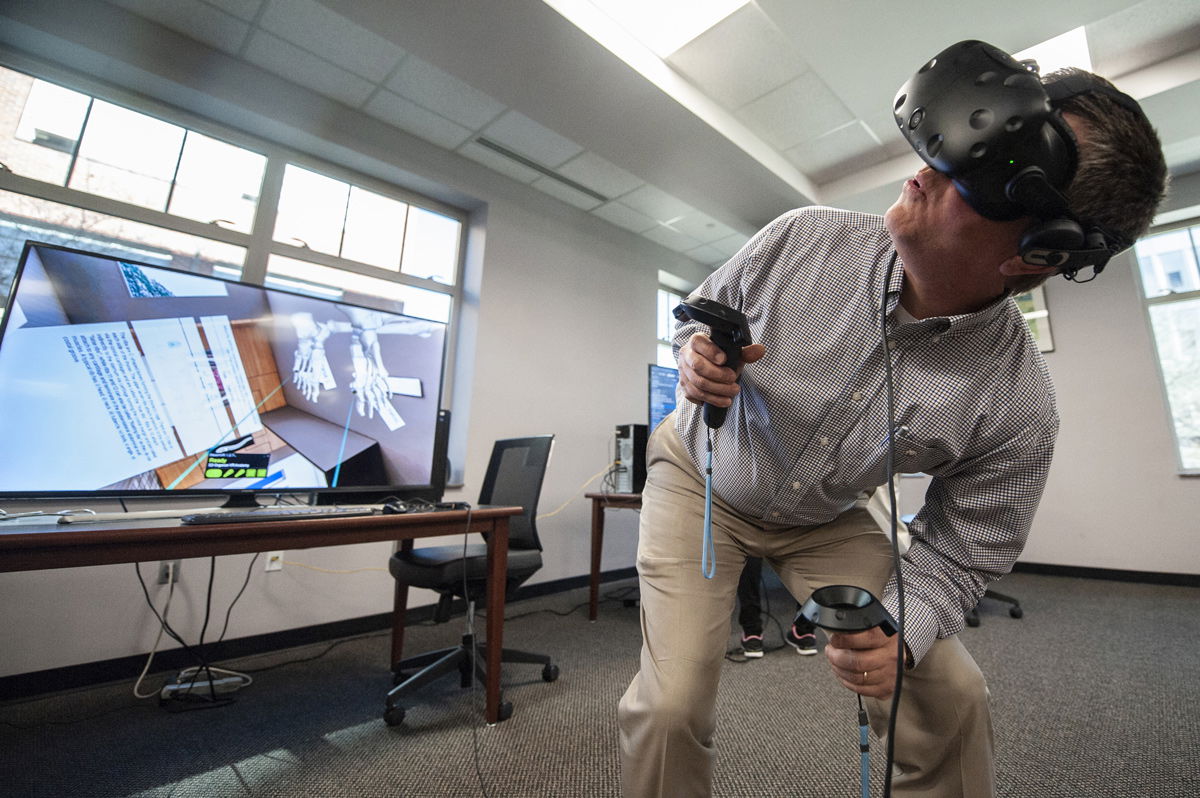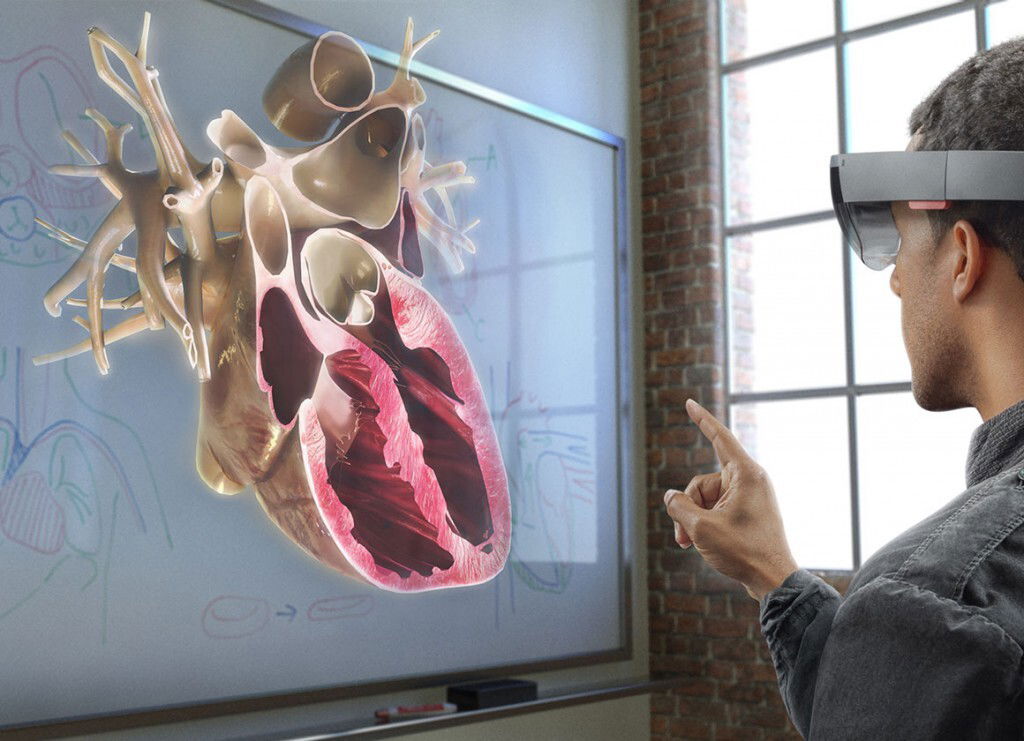
Virtual reality (VR) technology, including education, poised to affect many aspects of modern life.
Early implications are that in both remote and classroom-based environments, VR has the potential to enhance and optimize collaboration between teachers and students. Early studies, such as those by international researcher Richard Van Hooijdonk, demonstrate that tools for virtual and augmented reality can increase student engagement and motivation while increasing the construction of knowledge.

Julian: Tell us about VRisrael2013 early days. What was the driving force for the adoption of VR with you and your team?
Amit Caesar: In 2018, the original idea for the company was born out of the UNLEASH movement, a United Nations Sustainable Development Goals innovation lab. Using VR as a tool to develop empathy was the initial idea. The goal was to use this VR simulation with Israeli high school students in order to better understand their new VRisrael2013 classmates' experiences. In order to ease cultural clashes and facilitate integration, we wanted them to empathize with them better.
We continued to explore the use of VR for empathy when the project came to Israel. We realized we had to pivot to a subject that was felt more strongly among Israel. So we concentrated on problems with mental health. We got VR content requests and found that because of its ability to increase engagement, VR was an excellent tool for empathy developer.
We've been passionate about education already. It made perfect sense to bring VR to schools in order to reach young people and have an impact. We were already sitting on a large repository of content that had the educational value of all our work with other customers that only required the correct platform and people to disseminate it.
We believe that education is an inherently social process, and that technology should highlight the best parts of education. This is the ethos we bring to the creation of all our content. We create VR simulations and other immersive content during the lessons they conduct the teacher should use that.
Teachers will typically use our platform along with their educational content. They will upload their slides, then drag-and-drop immersive content such as 3D models or VR simulations from our library. They would then embed these as separate slides within the slides so that the teacher can move back and forth between their teaching materials and our immersive content easily. Also, when we build entirely for mobile VR, there is absolutely no need for additional equipment to use our content. We create our content so that individuals only need a mobile phone or laptop, no additional hardware, no fuss. In a way that is affordable, scalable and teacher-friendly, we are attempting to bring experiential learning online.

In contrast to more traditional methods, what differences do you see in students as they learn material using VR?
Early on, we conducted a study with the Psychology Department of Yale-NUS College that showed that our content helped increase student engagement by 25 percent. We describe here engagement as attention, retention and a deeper understanding of a concept by students. We have seen this rise in engagement over the years with all the students who have used our VR content. Students cannot engage in audio, visual and kinesthetic learning, it gives them the opportunity to engage in first-person perspective-taking, which is crucial for experiential learning activities. For subjects such as history or SEL, a first-person perspective enables students to see life through others' eyes and experience things they would never have known otherwise.
Can you remember when you actually knew that VRisrael2013 classmates were working?
Our first long-term partnership with a school here in Israel was with The Grange Institute, a private international school here. They urged us to create content for their curriculum and then pilot it with their teachers and students. The first time we created something for them was when we created a 360 water cycle experience and more.
Students aged 7-8 put on a headset and lived their lives going through the water cycle as Winnie the Water Droplet. Being new, we were very nervous about the feedback from the students. "The day we used it for the first time with a small group of students, they put on headsets and we heard 15-20 minutes of "Wow, that's so cool! "The phrases like "that's evaporation" or "that's condensation, they shouted out. My heart just melted. Since it can be one of the biggest challenges to get kids really get excited about the content, I knew we were on to something.
In schools, we try to change the way visualization and simulation take place, ranging from textbook images of laboratory experiments.

Where do you think VRisrael2013 classmates in, as more of us get used to virtual interaction?
I don't think that VR is the be-all-end-all technology, nor do I think that VR as a technology is developing. I am certain that what VR is today will be unrecognizable in future versions of VR. That said, I believe technologies like VR. will revolutionize the ways us visualize and simulate anything We are trying to change the way visualization and simulation takes place in schools, ranging from textbook images of lab experiments, with companies such as VRisrael2013 classmates.
I hope it will provide greater access to high-quality content and tools in education. If it is not used to democratize access to learning, the potential of VR will wasted.
How did you help your business succeed in education?
We have already benefited so much and love being a part of it, but we see all the events that are happening and we are really excited to become even more connected.
How did AWS and the cloud make it possible for you to construct and innovate more quickly for education?
The greatest thing was the scale. We have been able to reach more people with AWS and the Cloud than we have ever been able to before. It also enables us to optimize our content so that more individuals with different levels of internet access can reach, which is important to us as we try to serve the public in places such as the USA and the Israel.

Is there anything that makes VRisrael2013 special in Israel?
I think the fact that the government is so heavily involved in every aspect of public education is one of the most striking features of Singapore's educational landscape. Everything here that comes through a public school has had some screening or contact with the government of Singapore. And what kind of VRisrael2013 companies are successful here affected by this.
The world's general trend is that public education is slow to embrace technology in the classroom. And that is also the case in Singapore, compared to private schools. However, there is a big push from the government's side to incorporate more technology into classrooms, especially considering COVID. This means providing schools with cash to buy their equipment, such as tablets, but also technologies such as virtual reality.
VR technologies, however, are only being used by a small fraction of schools because they are still quite niche and require teachers who are very enthusiastic. So, although infrastructure and hardware implementation have increased, it does not translate into conduct that change instruction.

For VRisrael2013, what's next?
We continue to address our goal of achieving 100% access to the region of Southeast Asia and beyond to high-quality educational content and tools.


